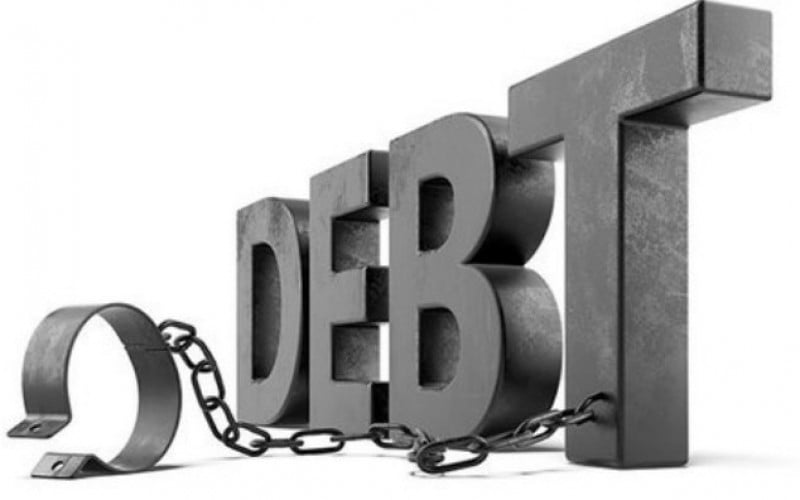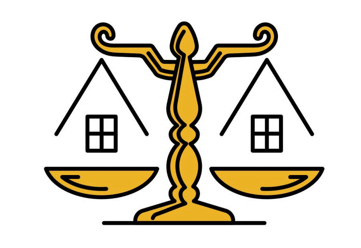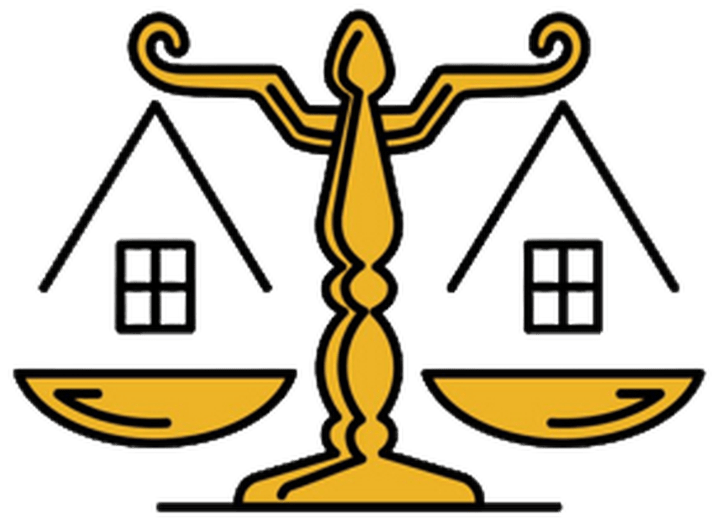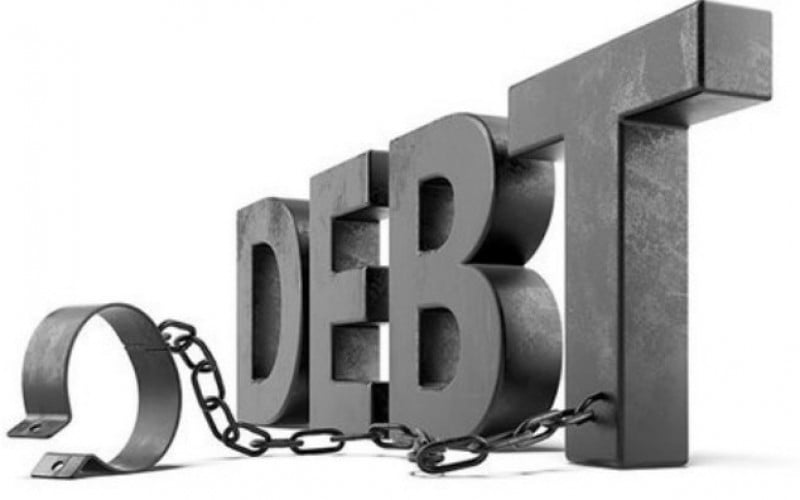
Unleash Unbeatable Compliance: Essential Data Retention Policies for Thriving Businesses
Introduction
Understanding Nigeria Debts Recovery Laws;
Debt recovery is a vital aspect of financial management, particularly in a commercial setting where credit transactions are common. In Nigeria, the process of debt recovery is governed by a comprehensive legal framework that outlines the rights and obligations of creditors and debtors. This article provides an in-depth look at Nigeria’s debt recovery laws, highlighting the key legal instruments, procedures, and challenges involved.
In today’s digital era, businesses of all sizes and industries are generating vast amounts of data daily. From customer information to financial records and employee data, organizations are tasked with storing and managing this information securely and efficiently. However, one of the most crucial aspects of data management is understanding and implementing data retention policies. These policies govern how long certain types of data should be stored, when they should be deleted, and the best practices for ensuring compliance with relevant data protection regulations.
Without a clear data retention policy, businesses risk facing severe consequences, including legal penalties, data breaches, and damaged reputations. As privacy laws and regulations become more stringent globally, organizations must adopt best practices in data retention to protect their stakeholders and ensure long-term business success.
Data retention policies are not just about compliance—they are also about ensuring that businesses make the most of the data they collect. Storing unnecessary or outdated information can increase the risk of data breaches, while failing to retain critical records can result in the inability to defend against legal claims or provide necessary documentation during audits or disputes. Whether you’re a startup or an established enterprise, having a structured approach to managing your data is essential.
In this article, we will break down the essentials of data retention policies and provide essential guidelines every business should follow. Whether you’re in the early stages of developing a data management strategy or you’re looking to update your current practices, mastering these policies will allow you to avoid legal pitfalls, safeguard your data, and streamline your operations.
Legal Framework for Debt Recovery in Nigeria
Nigeria’s debt recovery laws are derived from a combination of statutes, common law principles, and judicial precedents. The primary legal instruments and procedures used in debt recovery include:
1. Judgment Summons: This process involves summoning the debtor to court to explain why the judgment debt has not been paid. If the debtor fails to comply, the court may order imprisonment until the debt is paid.
2. Writ of Fieri Facias (FiFa): This writ authorizes the seizure and sale of the debtor’s goods and chattels. The proceeds from the sale are then used to satisfy the judgment debt.
3. Garnishee Proceedings: This involves the creditor obtaining a court order directing a third party (typically a bank) that holds funds on behalf of the debtor to pay the judgment debt directly to the creditor.
4. Writ of Sequestration: This writ allows for the seizure of the debtor’s property until the judgment debt is paid.
5. Bankruptcy Proceedings: If a debtor is insolvent, the creditor can initiate bankruptcy proceedings. This involves liquidating the debtor’s assets to pay off the debt.
6. Receivership: In cases where the debtor is a company, the creditor can apply for the appointment of a receiver to manage the company’s assets and recover the debt.
Debt Recovery Procedures
The debt recovery process in Nigeria typically follows these steps:
1. Demand Letter: The process often begins with a demand letter from the creditor to the debtor, requesting payment of the outstanding debt. This letter serves as formal notice and can sometimes lead to an amicable resolution without court intervention.
2. Negotiation and Settlement: Before resorting to litigation, creditors and debtors may attempt to negotiate a settlement. This can involve restructuring the debt, extending payment terms, or agreeing on a reduced amount.
3. Filing a Lawsuit: If negotiations fail, the creditor can file a lawsuit to obtain a judgment against the debtor. This involves presenting evidence in court to prove the existence of the debt and the debtor’s failure to pay.
4. Obtaining a Judgment: Once the court is satisfied with the creditor’s evidence, it will issue a judgment in favor of the creditor. This judgment can then be enforced through various legal means.
5. Enforcement of Judgment: The creditor can choose from several enforcement methods, including garnishee proceedings, writs of FiFa, and receivership. The choice of method depends on the debtor’s financial situation and the nature of the debt.
Key Legal Instruments
Several legal instruments play a crucial role in Nigeria’s debt recovery process:
1. The Companies and Allied Matters Act (CAMA): This act regulates corporate entities in Nigeria and provides mechanisms for debt recovery, including receivership and winding-up proceedings.
2. The Bankruptcy Act: This act governs bankruptcy proceedings and outlines the process for liquidating an insolvent debtor’s assets to pay off creditors.
3. The Sheriffs and Civil Process Act: This act provides the legal framework for executing court judgments, including the issuance of writs of FiFa and garnishee orders.
4. The Evidence Act: This act sets out the rules for presenting evidence in court, which is essential in proving the existence of a debt and the debtor’s default.
Challenges in Debt Recovery
Debt recovery in Nigeria can be fraught with challenges, including:
1. Legal Delays: The judicial system in Nigeria can be slow, with significant delays in court processes. This can frustrate creditors seeking timely recovery.
2. Debtor Evasion: Debtors may evade enforcement by hiding assets or fleeing jurisdiction. This can complicate the enforcement process and delay recovery.
3. Asset Identification: Identifying the debtor’s assets can be challenging, particularly if the debtor has taken steps to conceal their holdings. This requires thorough investigation and, sometimes, the assistance of professional asset tracers.
4. Cost of Enforcement: The cost of enforcing a judgment can be high, particularly if the process involves multiple legal actions and the engagement of professionals.
5. Third-Party Resistance: In garnishee proceedings, third parties holding the debtor’s funds may resist compliance, leading to further legal battles.
Practical Considerations for Effective Debt Recovery
To navigate the complexities of debt recovery, creditors should consider the following practical strategies:
1. Early Legal Advice: Engaging legal counsel early in the process can provide valuable guidance on the most effective strategies for debt recovery and enforcement.
2. Thorough Documentation: Maintaining comprehensive records of the debt, including the original contract, payment history, and correspondence with the debtor, is crucial. This documentation can serve as critical evidence in court.
3. Comprehensive Asset Investigation: Conducting a thorough investigation to identify the debtor’s assets can significantly improve the chances of successful enforcement.
4. Utilizing Professional Services: Engaging professionals such as asset tracers, private investigators, and experienced bailiffs can enhance the efficiency of the enforcement process.
5. Cost-Benefit Analysis: Creditors should conduct a cost-benefit analysis to determine whether the potential recovery justifies the cost and effort of enforcement.
6. Alternative Dispute Resolution (ADR): Exploring ADR mechanisms, such as mediation or arbitration, can sometimes lead to quicker and more cost-effective resolutions.
Case Studies
Several case studies illustrate the application of Nigeria’s debt recovery laws:
1. Case Study 1: Successful Garnishee Proceedings: A creditor successfully recovered a debt through garnishee proceedings after identifying the debtor’s bank accounts. The court order directed the bank to pay the debt directly to the creditor, bypassing the need for asset seizure.
2. Case Study 2: Challenges in Receivership: A creditor faced challenges in enforcing a debt through receivership due to the debtor company’s complex corporate structure and hidden assets. The creditor eventually succeeded by engaging professional asset tracers and forensic accountants.
3. Case Study 3: Effective Use of Judgment Summons: A creditor used a judgment summons to compel the debtor to appear in court and explain their failure to pay. The debtor’s non-compliance led to a court order for imprisonment, which prompted the debtor to settle the debt promptly.
The Future of Debt Recovery in Nigeria
The future of debt recovery in Nigeria will likely see several developments, including:
1. Technological Advancements: The adoption of technology, such as electronic filing systems and digital records, can streamline the debt recovery process and reduce delays.
2. Legal Reforms: Ongoing legal reforms aimed at improving the efficiency of the judicial system and strengthening enforcement mechanisms can enhance the effectiveness of debt recovery laws.
3. Increased Use of ADR: As awareness of ADR mechanisms grows, more creditors and debtors may opt for mediation and arbitration to resolve disputes, leading to quicker and less costly resolutions.
4. Global Cooperation: As cross-border transactions become more common, international cooperation in debt recovery, including the recognition and enforcement of foreign judgments, will become increasingly important.
Conclusion
Understanding Nigeria’s debt recovery laws is essential for effective financial management and protecting creditors’ rights. The legal framework provides various tools and procedures for recovering debts, but challenges such as legal delays, debtor evasion, and high enforcement costs can complicate the process.
By adopting practical strategies, engaging legal professionals, and leveraging technology, creditors can navigate the complexities of debt recovery and improve their chances of success. As legal reforms and technological advancements continue to evolve, the future of debt recovery in Nigeria holds promise for greater efficiency and effectiveness.
Debt recovery remains a crucial aspect of maintaining financial stability and ensuring that creditors receive their due entitlements. By understanding and effectively utilizing the legal framework, creditors can protect their interests and achieve successful debt recovery outcomes.
In conclusion, the creation and maintenance of a robust data retention policy is essential for businesses in today’s data-driven landscape. By adhering to the guidelines discussed, organizations can mitigate risks, comply with legal obligations, and ensure the protection of sensitive information. Whether you’re handling customer data, financial records, or employee information, a well-crafted data retention policy is a cornerstone of responsible data management.
As the global regulatory environment continues to evolve, businesses must stay updated with the latest laws and practices related to data retention and privacy. This proactive approach will help organizations avoid the pitfalls of non-compliance, such as hefty fines, legal battles, and loss of consumer trust.
Additionally, businesses must regularly review and update their data retention policies to ensure they reflect any changes in data protection laws, technological advancements, or shifts in business operations. Investing time and resources into developing a comprehensive data retention strategy will ultimately save organizations from costly legal issues and enhance their overall data security posture.
Lastly, data retention should not be viewed as a burden but as an opportunity for businesses to streamline their data management processes. By categorizing and properly managing data according to retention schedules, businesses can improve operational efficiency, reduce data storage costs, and ensure that they are keeping only the most relevant information. This not only aids in compliance but also empowers businesses to make more informed decisions in their day-to-day operations.
In summary, understanding and implementing data retention policies is not just a legal obligation; it’s a critical component of any organization’s data security strategy. By adhering to these essential guidelines, businesses can safeguard their data, avoid legal issues, and ultimately create a secure and sustainable environment for growth and success.
In conclusion, understanding and implementing a robust data retention policy is critical for businesses looking to thrive in a data-driven world. With the increasing volume of data businesses collect, coupled with stringent privacy laws and the growing concern over data breaches, having a clear and effective strategy for managing data is not just an option—it’s a necessity. A well-defined data retention policy ensures that businesses can store, manage, and dispose of data in compliance with relevant regulations, while also protecting the organization from legal, operational, and reputational risks.
The importance of data retention extends beyond merely adhering to legal requirements. A comprehensive retention policy can help businesses streamline their operations, enhance security measures, and optimize resource management. By establishing clear guidelines on how long different types of data should be retained, businesses can avoid unnecessary costs associated with storing excessive amounts of information. Data storage costs can accumulate quickly, particularly for large enterprises, and reducing this load can lead to significant savings.
Moreover, when data is retained only for as long as necessary, businesses reduce their exposure to potential data breaches. Storing outdated or irrelevant data unnecessarily increases the chances of security vulnerabilities, as more information must be managed and protected. Regular audits of data retention practices also help businesses identify any gaps or weaknesses in their security infrastructure, enabling them to take proactive steps to mitigate risks before they become a significant issue.
Additionally, adopting a well-structured data retention policy can improve business agility. When data is properly organized and categorized according to retention schedules, businesses can retrieve relevant information quickly, enhancing efficiency and decision-making. Having a policy that defines data lifecycles also reduces the likelihood of human error, ensuring that data is deleted when it’s no longer needed and that essential records are preserved according to legal and regulatory requirements.
As data protection laws evolve, businesses must stay informed and adapt their data retention policies to reflect changes in the legal landscape. This is particularly important for organizations operating in multiple jurisdictions, where different regulations may apply. For instance, the General Data Protection Regulation (GDPR) in the European Union imposes strict rules on data retention, and non-compliance could result in severe fines. Businesses must ensure that their policies align with these regulations to avoid costly penalties and maintain customer trust.
Regularly reviewing and updating data retention practices is also key to remaining compliant and ensuring that data is handled in the most secure and efficient manner. This means not only staying on top of changing legal frameworks but also considering new technological advancements, industry best practices, and any changes in the nature of the business itself. As organizations grow and evolve, their data management needs may change, and the policies that worked in the past may no longer be sufficient.
The final takeaway is that data retention policies are not just a legal safeguard—they are an integral part of a business’s overall strategy for growth and sustainability. By investing the time and resources into creating, implementing, and continuously improving these policies, businesses can protect their data, avoid costly legal troubles, and position themselves for long-term success. Ultimately, the ability to effectively manage data retention will help businesses maintain a competitive edge in today’s fast-paced, data-centric world.
Contact Us
For premier ways of Understanding Nigeria Debts recovery laws, contact Chaman Law Firm today. Our offices are conveniently located in Lagos, FCT Abuja, Ogun State, and the UK. We are readily available to assist you with your legal needs. Whether you require consultation, representation, or ongoing legal support, Chaman Law Firm is your trusted partner in Understanding Nigeria Debts recovery laws.
Call us at 08065553671 or email us at info@chamanlawfirm.com to schedule a consultation.
- Debt recovery laws in Nigeria
- Nigerian debt recovery procedures
- Creditors’ rights in Nigeria
- Debtors’ rights under Nigerian law
- Summary judgment for debt recovery
- Garnishee proceedings Nigeria
- Alternative dispute resolution for debt recovery
- Debt recovery litigation in Nigeria
- Insolvency and bankruptcy in Nigeria
- Debt recovery tribunals Nigeria
Chaman Law Firm: Your Trusted Legal Partner in Understanding Nigeria Debts recovery laws
By choosing Chaman Law Firm, you are selecting a team of dedicated professionals committed to providing exceptional guideline tailored to your unique needs. Let us be your advocate and guide in the complex world of Understanding Nigeria Debts recovery laws, ensuring your interests are protected and your goals are achieved.


